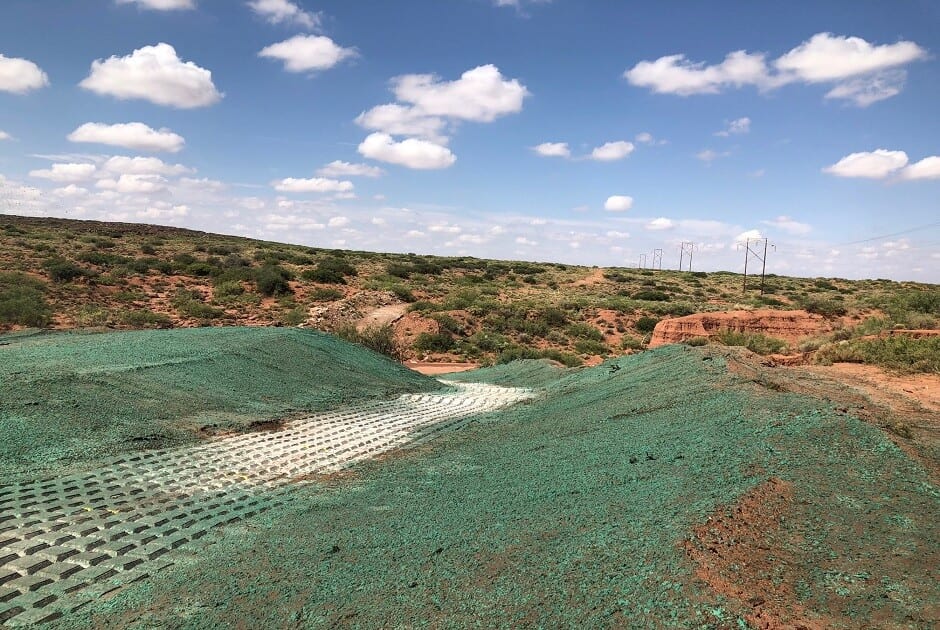When a job site is disturbed, it is crucial that appropriate measures are taken to address streambank stabilization. Failure to do so could cause significant project delays and end up costing millions of dollars in repairs. Two of the most straightforward methods available to help with streambank stabilization are temporary seeding and revegetation.
nbsp;
What Is Temporary Seeding?
Temporary seeding is the process of creating a temporary vegetative cover to help to reduce erosion and runoff at construction sites. For erosion control and streambank stabilization, temporary seeding is one of the most necessary steps. Temporary seeding should be considered in all areas where the disturbed area is temporarily idle, meaning that no soil-disturbing activities occur for 14 days.
Erosion control practices such as temporary seeding tend to be much cheaper than sediment control measures. Additionally, such erosion control practices can help to protect job sites whenever unexpected activity occurs, such as rainfall or runoff from snowmelt.
Temporary seeding helps new vegetation establish itself. Typically, temporary cover should be provided in areas where new seeds have been planted but the vegetation has yet to emerge. Thus, the temporary seeding measures help to control runoff without washing away new seeds. Examples of temporary seeding options include:
• Mulch
• Blankets
• Mats
Revegetation
Submar recommends you have a general plan for revegetation when addressing streambank stabilization. Revegetation is the overall process in which the soil is replanted and rebuilt in disturbed areas. Plants are one of the most useful solutions to combat erosion and runoff, so companies should ensure that they take the proper precautions to ensure that there is enough vegetation in place to protect their pipeline.
A few decades ago, revegetation merely meant applying grass seed and fertilizer and hoping that the seed took to the environment. Now, revegetation measures have evolved and become much more thorough. Submar considers the climate, how much land has been disturbed, the flow rate of the water through the area, the grade of the slope, and how the plants chosen could impact the surrounding fauna.
When practicing revegetation, Submar may recommend replacing the soil before planting seed. Depending on how much runoff occurred during construction, much of the topsoil could have washed away, potentially leaving nothing but clay or gravel on the streambank. Vegetation will likely not grow in these conditions, so companies must ensure they take the steps necessary to encourage growth.
Concrete Mats Can Help
Temporary seeding methods are only useful when vegetation has already been established. If plants are struggling to grow, an option like Submar articulated concrete mats is often the solution. These mats can be part of a temporary or permanent vegetative solution. They feature concrete blocks connected with polymer rope that allow the roots of plants to take hold without being washed away, making them a useful component of a revegetation strategy.


